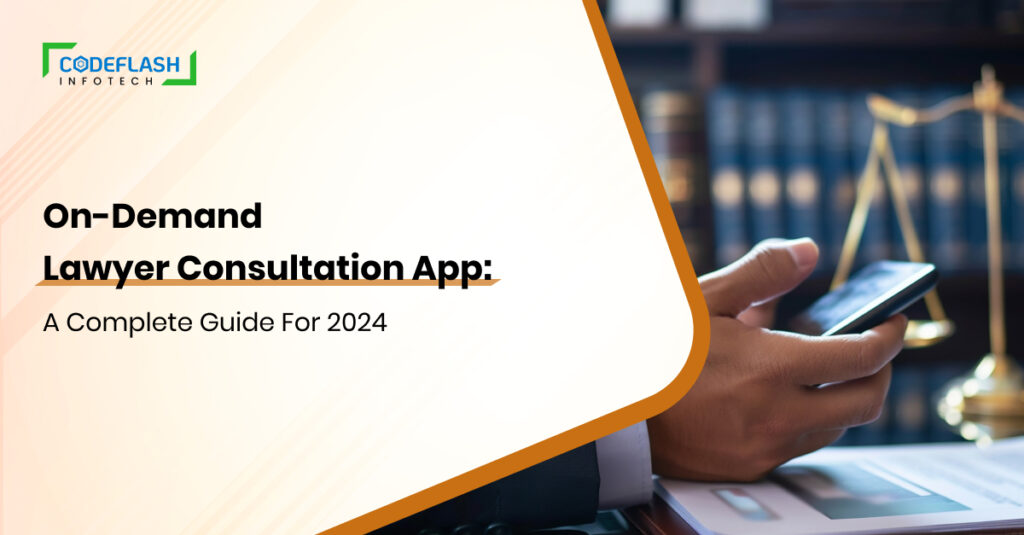
Exploring the Cost Factors in Hiring a UI Designer in 2024
05 APRIL
A designer for any digital product is required when hiring a UI designer. In 2023, average U.S. salaries for design roles include $91,250 for visual designers and $90,198 for interaction designers. Roles span interface, product, information, UX research, writing, and distinct UI design.
The selection of a design expert varies depending on many criteria, including geography, case complexity, and experience. Making a thoughtful budget that you are willing to commit to for a UI/UX designer compensation is important. We will also give a thorough rundown of all the components that go into the ultimate designing services charge.
What makes Hiring a UI Designer necessary?
Constructing a product without a UI Designer is possible, but a designer must review it before it is released to the public. Thus, if you’re new to the field and need to find a UI/UX Designer, keep reading as we go into more detail about UI designer rates and associated fees.
Let’s briefly review what a UI designer is first. A UI/UX Designer creates the style and feel of the application in question. They ensure that the user feels completely at ease with how the design appears and feels when interacting with the application.
The user’s visual experience is the main emphasis of UI design. It establishes how a user engages with an interface—a website, an app, or a video game. Creating every screen that a user will interact with is the responsibility of a user interface designer. A user interface designer considers human behavior while working.
For example, the design is done with the user in mind when you use an app and find it easy to navigate. The app continues to function well.
What is the fee for designers?
The current Indeed statistics show that the average compensation for a UX designer in the US is between $61,454 and $149,184. Thus, the hourly wage for a UX designer is $43.54.
Designer costs vary greatly depending on the nation you pick, but generally, they are less in Europe. For instance, because of greater taxes and living expenses, designers in Western European nations typically demand higher salaries than those in Eastern Europe. Nevertheless, the median pay for UI designers should decline to about $50K. Later in this post, we’ll divide the costs into geography and ability level categories.
As you can see, Hiring a UI/UX Designer is a costly undertaking. Thus, it seems sensible to ask, “Why is it so? We’re just about to answer this question.

What determines the pay of a designer?
- Knowledge
Indeed, it is estimated that the entry-level pay for UX designers in the US is around $82,115. A designer can advance to the intermediate level in three to five years; at that point, they might demand about $115K annually. Ultimately, the pay for a Senior UX designer with over ten years of expertise will increase to $127K annually. - Specialization
You might be surprised to learn that there are more professions in the design field than only the well-known “UI/UX designer.” Smaller businesses can have a single UI/UX designer handling various tasks. However, major industrial players could search for different kinds of experts for different initiatives. Various roles contribute to design, such as interface designers, product designers, information architects, UX researchers, UX writers, and distinct UI designers. In 2023, the average wages in the United States are anticipated to be $91,250 for visual designers and $90,198 for interaction designers.
Salary expectations for UI designers are often lower. Furthermore, the pay for a site designer is significantly lower. However, they are not the ideal fit when hiring someone for a new business. Their expertise includes aesthetics and graphics, but UX designers are primarily responsible for the product’s usability. Therefore, seek a product or UI/UX designer for a universal soldier. - Location
The third aspect that affects compensation is the designer’s whereabouts. The pay for UX and product designers varies by location in the United States. For example, a UI/UX designer charges more in San Francisco, New York, Seattle, and Chicago—locations where the largest IT businesses have their headquarters—than in other regions where the IT Industry is not among the principal ones.
This disparity is depicted in the image below: “more expensive” states are blue (black – no data), while “cheaper” states are shaded in pink. Depending on the state, typical expenses might vary by more than 25%. For this reason, certain companies in the Bay Area are looking to hire people who are not obligated to pay rent.
Sadly, there isn’t a single database that compiles designer wages from around the globe. However, we may still learn some important lessons thanks to the information from several sources.
A designer from Australia or Canada will set you back about $55,000. As previously indicated, the average design cost in the UK and most other EU nations is around $50,000, with Germany and Norway having the highest costs. The figures for Central and Eastern European countries are between $ 30K and $40K. While UX designers in Singapore and Japan might expect to make up to $66K on average, Chinese developers have wage expectations comparable to those of their Eastern European counterparts. - Internal designer
The first choice springs to mind, particularly if you have a lot of ongoing projects or plan to adjust the design of your product often. After onboarding, you pay a single fee and welcome a new team member—ideally for many years to come.
However, there are extra expenses associated with using an internal designer. Equipment such as computers, tablets, and other devices will be an upfront cost. However, remember that you will also pay for sick leave and designer’s insurance.
Unexpected workload may lead to extra costs for overtime or outsourcing. If the hired designer isn’t fit, expenses and delays may arise during the probationary period, impacting unfinished product design. - Independent designer
The hourly fee that freelancers often charge varies based on their level of qualification. They often won’t charge less for their services than their full-time colleagues. Nevertheless, you will save a little cash on equipment and perks. However, we highly advise only using this method for recruiting independent designers if you have some prior expertise. It is undeniable that hiring unskilled freelance designers is a dangerous move, and we don’t mean to offend anyone.
If something goes wrong, you may save a little money on the hourly cost of a junior designer, but you will lose more money on rebuilding and redesigning your product. Freelancing increases the possibility of miscommunications between the designer and developers, even with a more experienced designer. These miscommunications might cost you money and effort. And much as with an ill-fitting in-house designer, if a freelancer is unable to continue working with you for any reason, you may have to spend money searching for a replacement candidate at the worst possible time. - Organization designer
The cost of a design company varies based on the project’s size. Therefore, you need to get a price directly to estimate the cost of their services. The price would go up, to be sure. Choosing to work with a design agency offers the advantage of saving time on the extensive processes involved in recruiting and onboarding an in-house design team. By opting for an agency, you streamline the search for skilled designers and eliminate the need for project management from your internal workload. If you want to explore further, we have a separate article delving into the pros and cons of hiring an agency versus bringing on an in-house designer.

Considerations Before Engaging a UX Designer
It’s crucial to recognize that financial aspects are just one piece of the puzzle when evaluating the cost of hiring a UI/UX designer. Prioritizing qualifications is essential. Simply assessing costs isn’t sufficient; confirming the individual’s skills relevant to the role is imperative. Several key factors should be considered before engaging with a freelancer or agency for your projects.
For more information, read our blog, A Guide to Choosing the Ideal UX Designer for Your Design Project.
- Skills for User Research
User research is the first thing you should look for in a UX designer’s portfolio. A human-centered design for your product cannot be produced by a UX designer who lacks experience in user research. Examine their study methodology and ask for a verbal justification. - Design Proficiency
Verifying design skills is essential before allocating any job. You can arrange a paid design test for an internal designer before hiring them. Knowing if they complied with your design requirements would be helpful. - Proficiency with Design Tools
It would help if you ascertained the individual’s proficiency using design tools. It would help if you ascertained whether the design tools they are familiar with are appropriate for your project’s requirements since it may call for wireframing or a customized prototype. If you don’t know much about the devices, explain what you want to do in detail to the designer, and find out the capabilities of the tools they want to use for the project. - Accessible
If you decide to go the freelancer path, you must know their availability. How much time does it take them to answer your inquiries? It would help if you were sure the freelancer would be available for you and deliver on schedule because they can have other tasks. Furthermore, it’s possible that the designer is located in a different time zone and will reply slower than anticipated. If there is a tight deadline for introducing your product, availability should come before expertise.
Conclusion
Satisfied consumers may reap the benefits of investing in UI design. The secret to success is to have a user-friendly interface since successful goods must have well-thought-out functionality. It is a critical concern because UI design encompasses many distinct components. However, the design process continues with the product’s release. It needs ongoing upkeep. Thus, from a long-term planning standpoint, investing in UI/UX design is the wisest course of action for a product firm.





